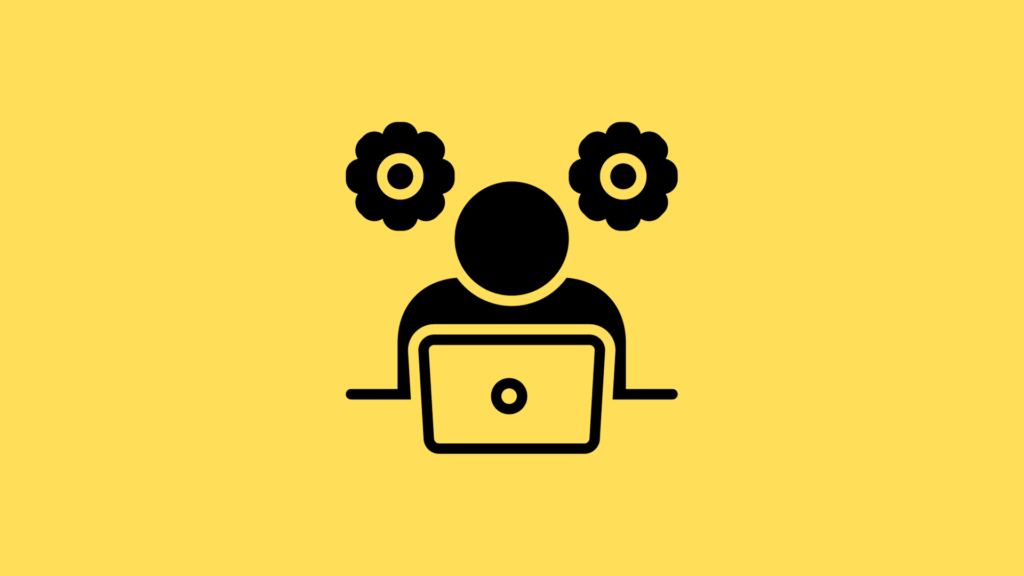In recent years, there has been a growing emphasis on the importance of practical and experiential learning in education. Traditionally, classroom learning has focused heavily on theory and abstract concepts. However, research has shown that students benefit more from practical, hands-on application of knowledge. Practical study engages students, improves retention of information, and prepares students for the real world. This article will examine the benefits of practical study and why it should be incorporated more in education.
Improved Engagement and Motivation
One of the main advantages of practical study is that it leads to increased student engagement and motivation. Traditional lecture-based learning can often feel passive for students. In contrast, practical activities require active participation. Whether it’s conducting an experiment in science class, role-playing a business scenario, or practicing clinical skills in healthcare – practical study gets students involved. This stimulates interest in the subject matter. Students who are actively engaged and intrigued are more likely to be motivated to learn. Their enjoyment of the learning process also improves. This motivation can lead to better academic performance.
Enhanced Retention
Research has consistently shown that we remember information better when we actively apply it or engage with it in a practical way. For example, students will better retain facts and concepts if they carry out experiments or undertake real-world projects related to what they are learning. Practical study experiences provide context that helps students integrate and embed new information. Performing hands-on work also utilizes more sensory input – such as touch and movement – which creates more neurological connections in memory. Overall, the immersive quality of practical study strengthens the retention of the subject matter. Students are more likely to recall information and skills learned through practical work.
Development of Transferable Skills
While theory and conceptual knowledge do have value, practical study also equips students with transferable skills that have great utility in the real world. Skills such as critical thinking, problem-solving, teamwork, communication, time management and more. Performing experiments, analyzing data, completing collaborative projects – these practical activities give students vital experience in applying knowledge in a hands-on fashion. This cultivates crucial skills that will benefit them in future careers, higher education, and life in general. Knowledge is most valuable when students can take what they’ve learned and translate it into real-world practice.
Preparation for the Future
Ultimately, practical study with real-world relevance gives students preparation for the future. Traditional book-based learning alone can make the transition from school to higher education or employment more difficult. However, practical experiences bridge the gap between academic study and real-world application. Experiential learning provides vital context and training for the practical use of knowledge in the students’ chosen field. It helps students adapt knowledge to new situations and settings. Whether it’s using lab equipment, performing mock consultations, or creating projects, practical study gives students the confidence and competency to apply their knowledge in the working world. This makes the knowledge gained through practical experiences deeply valuable to students’ futures.
Key Benefits of Practical Study
To summarize, incorporating practical study in education has many advantages:
- Improves student engagement and motivation to learn
- Enhances retention and recollection of information
- Develops transferable skills like critical thinking and communication

- Prepares students for real-world application of knowledge
- Bridges the gap between theory and practice
- Provides vital job-ready skills and experience
Types of Practical Study
There are many ways practical study can be incorporated into education at all levels:
Experiments – Applying scientific theory by designing and conducting hands-on experiments. This is essential in science disciplines.
Simulations – Realistic replications of real-world scenarios and processes like medical simulations.
Field trips – Visiting locations and events related to the field of study. For example, engineering students visiting construction sites.
Applied projects – Student-led projects reflecting real industry work such as designing websites or developing products.
Work experience – Gaining hands-on experience through internships, apprenticeships, or work placements.
Practical assessments – Opportunities for students to demonstrate knowledge through practice, such as clinical exams, observation of practice, or lab reports.
Creative work – Creating artistic pieces, designs, music, and models to develop practical creative skills.
Case studies – Analyzing real-world examples and scenarios and applying knowledge to generate solutions.
Role play – Acting out scenarios connected to the subject matter to practice professional skills.
Practical study can be incorporated into almost any field. The specific methods used will vary based on the discipline and learning objectives. However, the underlying aim is to move beyond mere theory and give students practical competencies.
Implementing Practical Study
Transitioning to more practical learning approaches does present challenges. It may require more resources, educator training, contact hours, industry partnerships and more. However, the benefits make the effort worthwhile. Here are some recommendations for implementing effective practical study:
- Consult industry leaders and academics to develop practical experiences tailored to key competencies needed in the field.
- Provide sufficient time within the curriculum and class schedule for meaningful practical activities. Avoid tacking it on without proper time allocation.
- Ensure necessary equipment, educational technology, materials and resources are available.
- Build partnerships with industry to provide work placements, sponsored projects, guest talks, site visits and mentoring.
- Offer teacher training in practical pedagogies and overcoming subject-specific challenges.
- Consider group work where appropriate to develop teamwork and collaborative skills.
- Set clear learning objectives and align practical study activities to these desired outcomes.
- Evaluate through practical assessments – observations, work samples, portfolios – rather than purely written tests.
The logistics require forethought but the benefits of transitioning to a more practical curriculum are immense.
Conclusion
In conclusion, practical study provides immense value that traditional academic learning alone cannot offer. Experiential learning actively engages students, improves knowledge retention, builds crucial skills, and prepares students for future success in work or higher education. Practical study cultivates competencies and confidence. While classroom theory does have a place, education should incorporate more hands-on practice using simulations, projects, field trips, work placements and other immersive experiences. Implementing more practical approaches does require effort but leads to more motivated, capable students ready to apply their knowledge in the real world. The future workforce will benefit from more employees entering with robust practical abilities. Therefore, institutions and educators should prioritize practical study alongside conceptual learning. With well-planned implementation, practical learning approaches can greatly enrich education and lead to positive outcomes for students.


